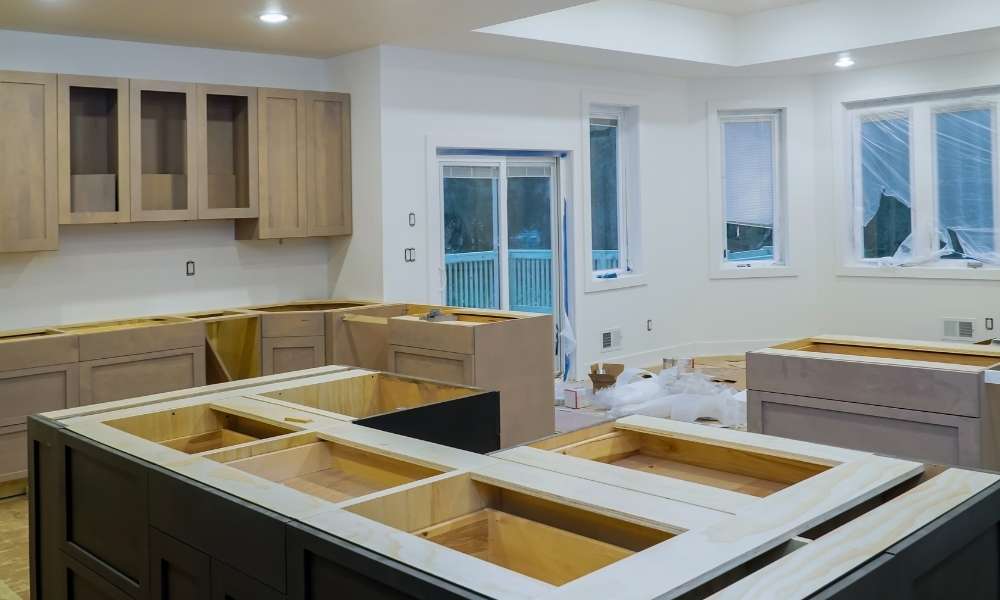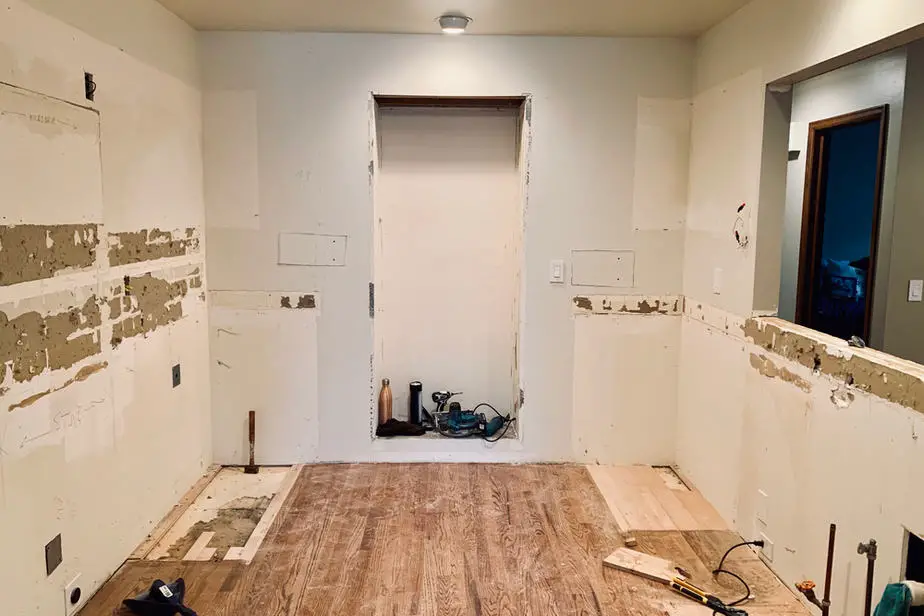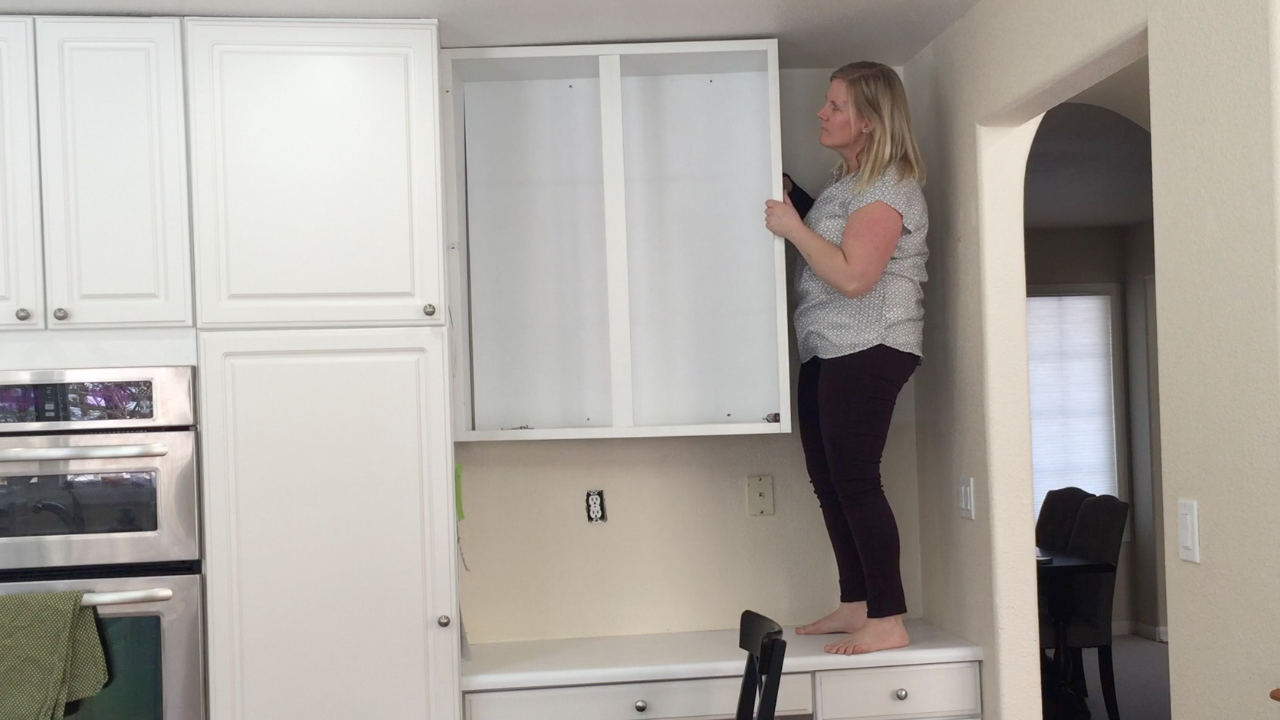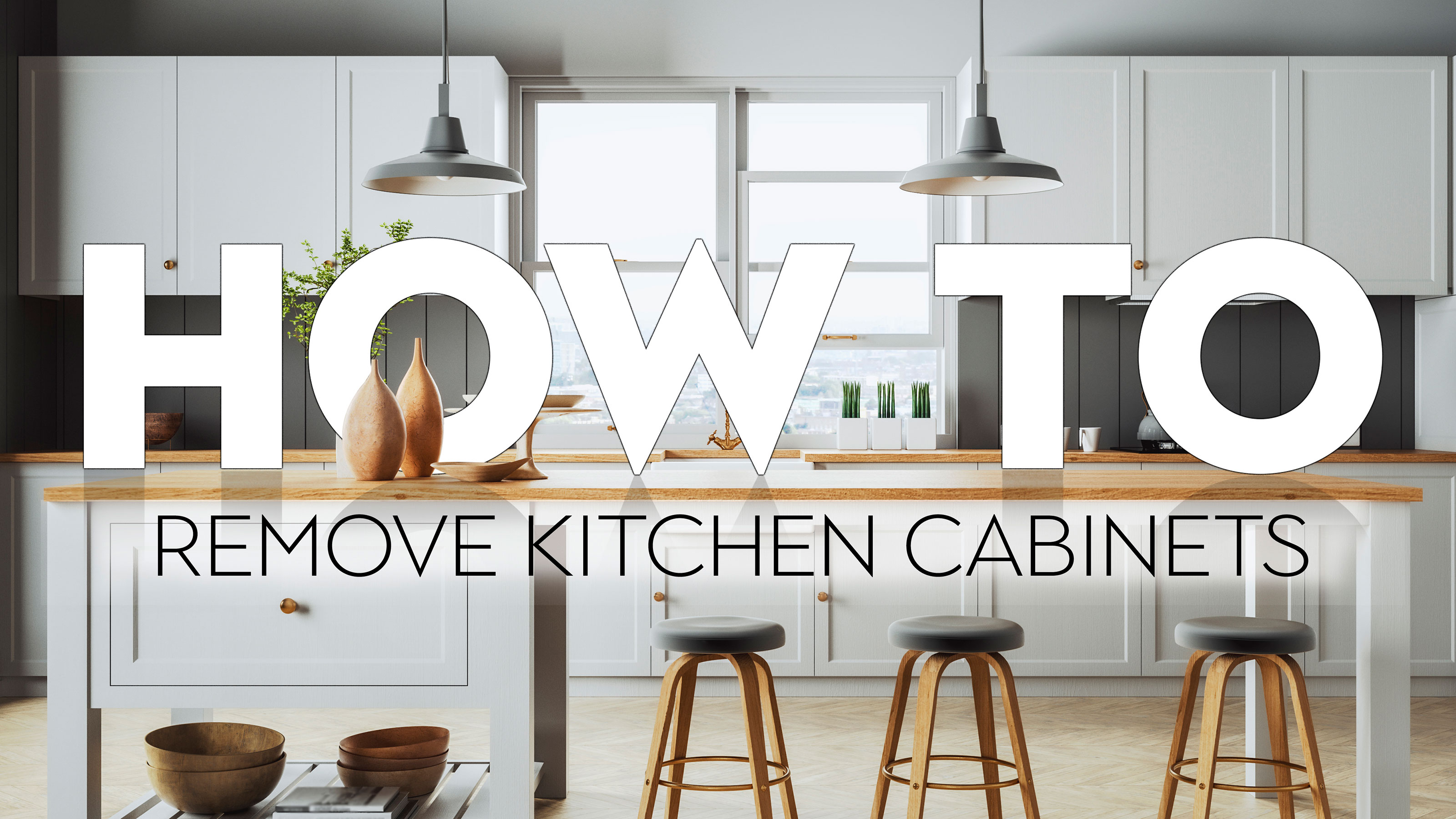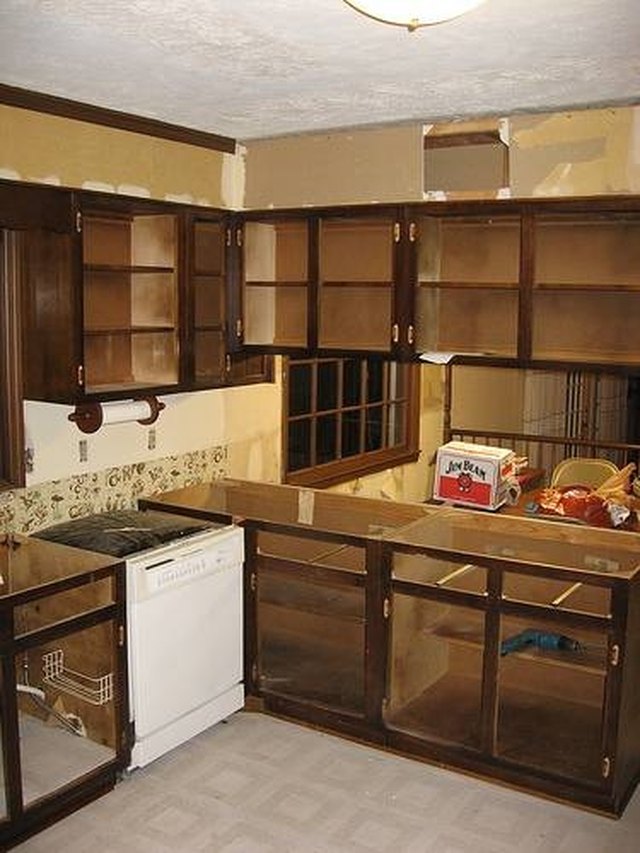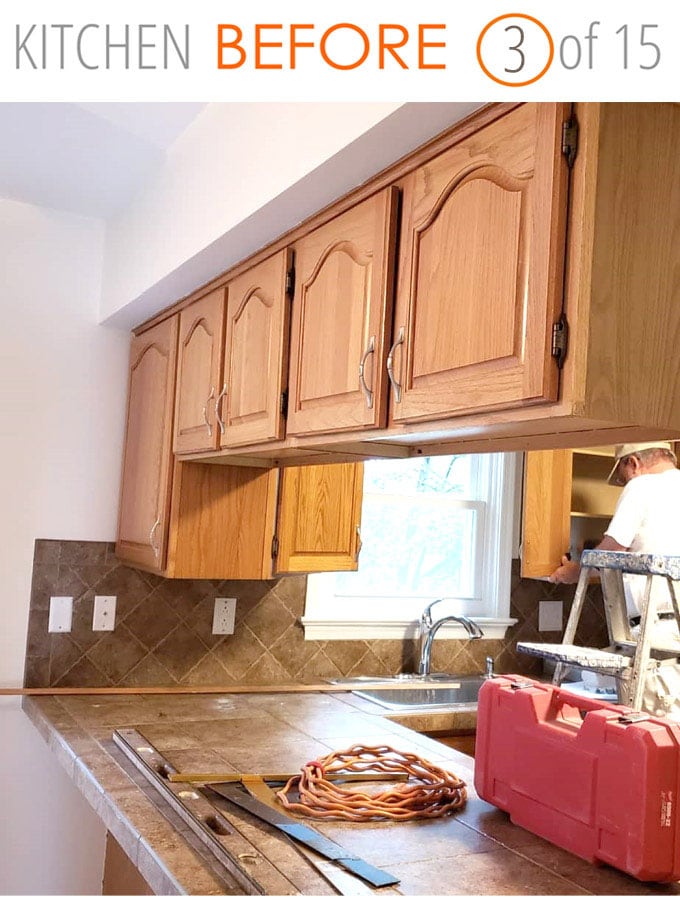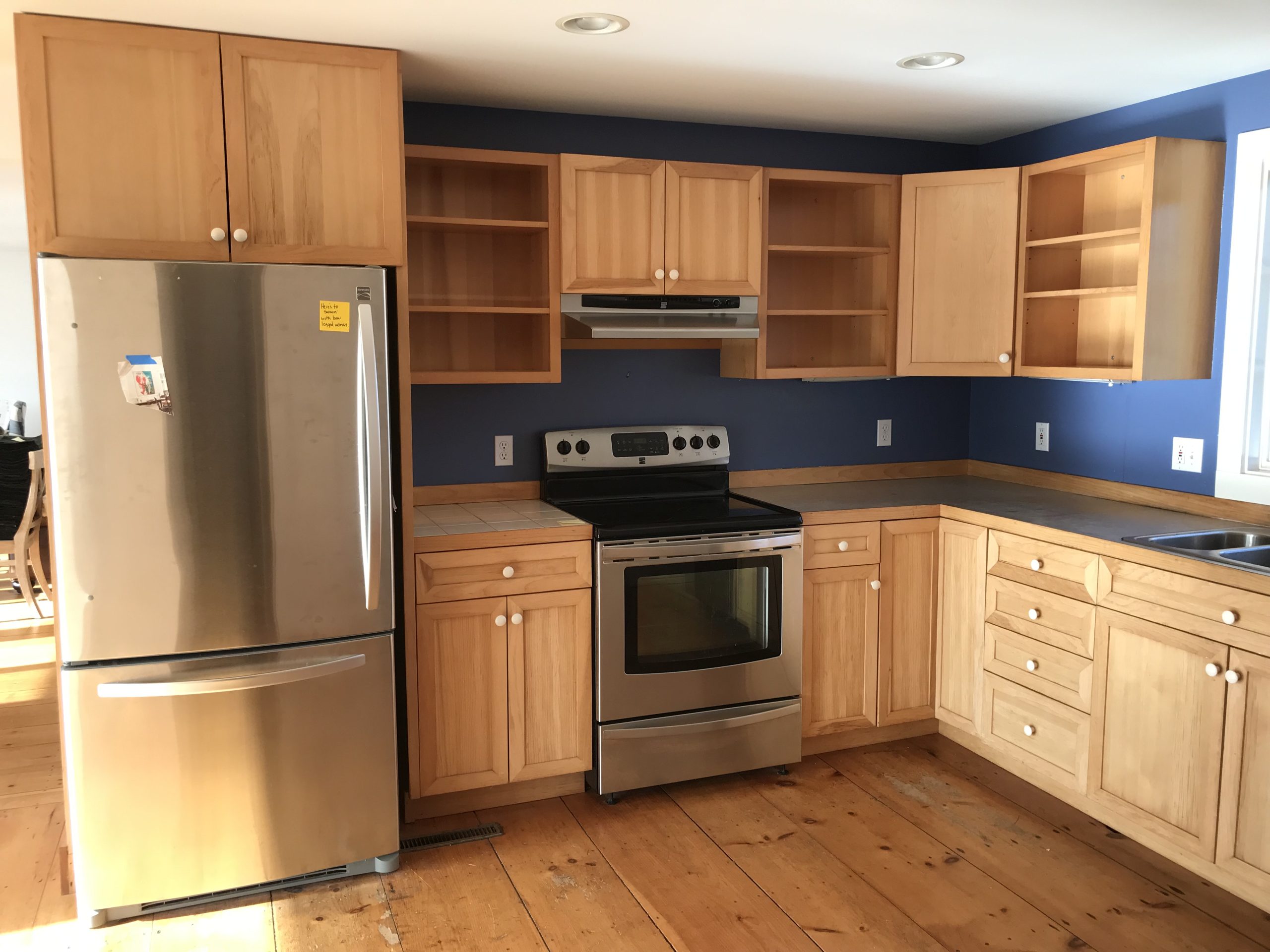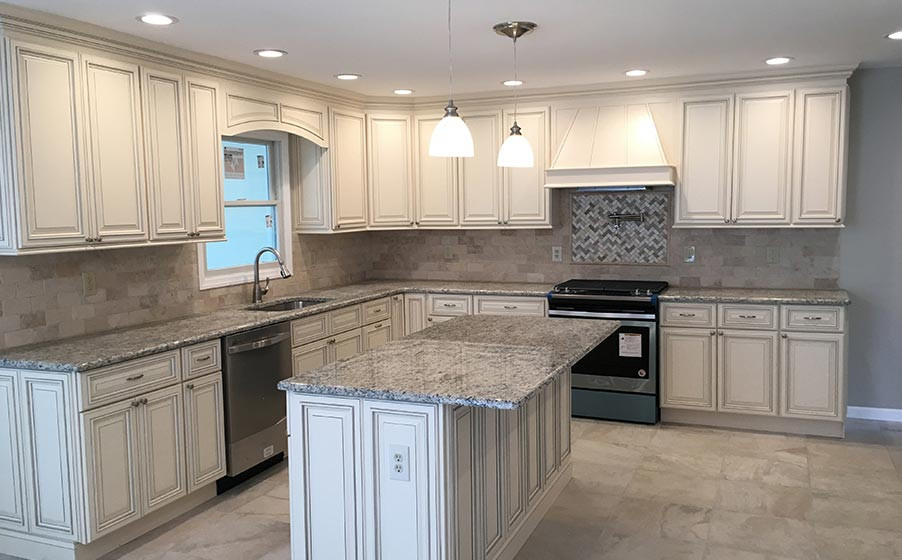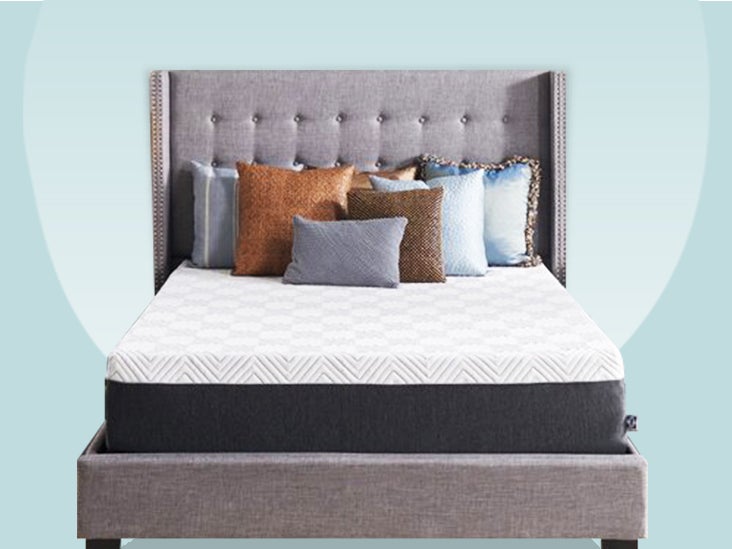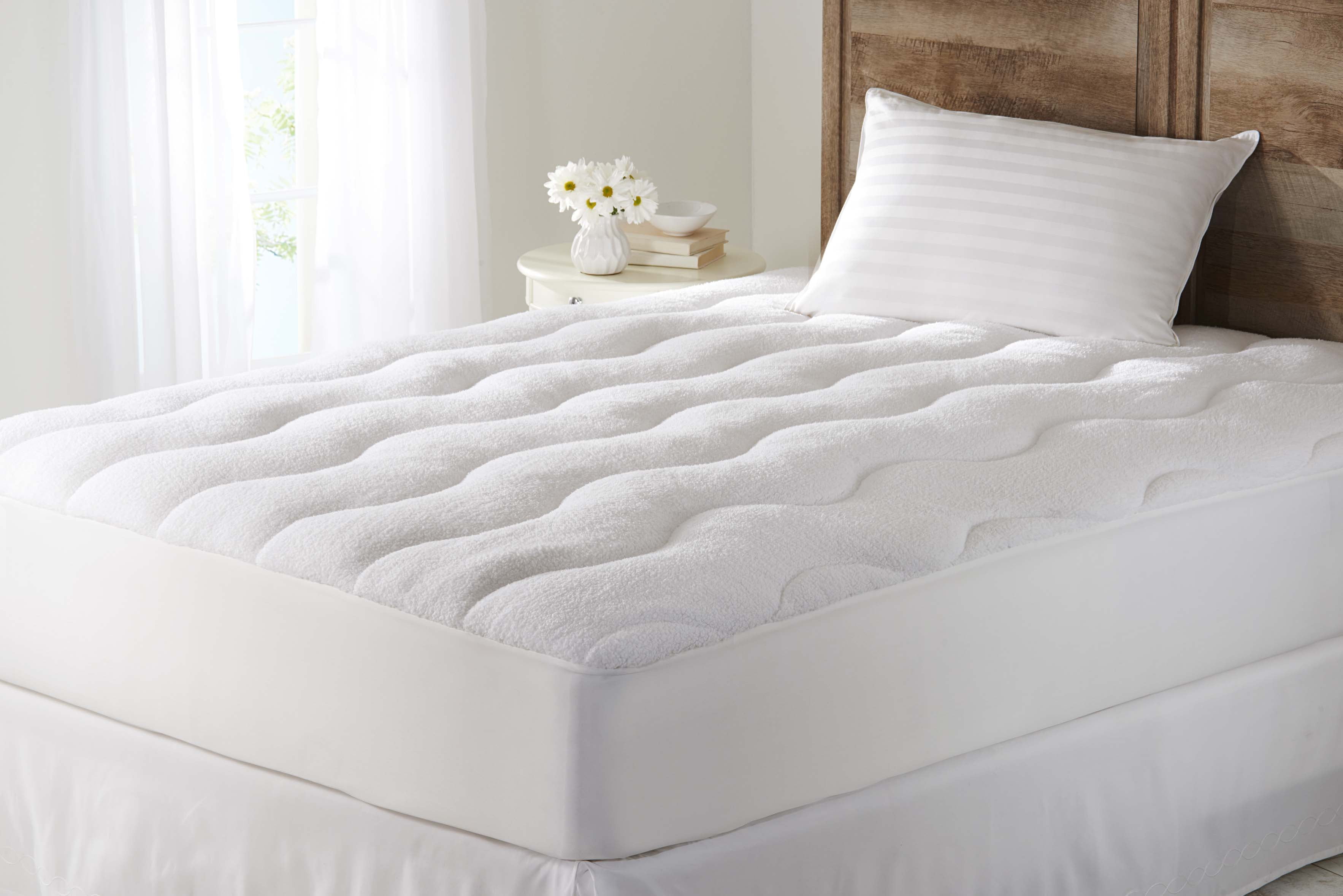How to Remove Kitchen Cabinets from the Wall
Removing kitchen cabinets from the wall may seem like a daunting task, but it can be a simple and manageable DIY project with the right tools and techniques. Whether you are renovating your kitchen or simply replacing old cabinets, knowing how to safely and effectively remove them is essential. In this article, we will provide a step-by-step guide on how to remove kitchen cabinets from the wall, as well as tips and tricks to make the process easier.
Removing Kitchen Cabinets: A Step-by-Step Guide
Before starting the removal process, it is important to gather all the necessary tools and materials. You will need a screwdriver, pry bar, hammer, utility knife, and a drill. It is also recommended to have someone help you, as kitchen cabinets can be heavy and difficult to handle alone.
The first step is to remove all the contents from the cabinets and clear the surrounding area. This will make it easier to work and prevent any damage to your belongings. Next, use a screwdriver to remove all the screws that attach the cabinets to the wall. Be sure to keep the screws in a safe place as you will need them when reinstalling the cabinets.
Once the screws are removed, use a pry bar to gently loosen the cabinets from the wall. Start at the top and work your way down, being careful not to damage the surrounding walls or countertops. It may be helpful to have someone hold the cabinets in place while you work.
After the cabinets are loosened, use a hammer to gently tap the pry bar behind the cabinets and lift them off the wall. Be sure to support the weight of the cabinets as you remove them to avoid any accidents or damage.
If your cabinets are modular, meaning they are attached to each other, you will need to separate them before removing them from the wall. Use a drill to unscrew any connecting bolts or screws between the cabinets.
Once the cabinets are removed from the wall, you can either dispose of them or consider reusing them for other projects. You can also take this opportunity to clean any leftover residue or dirt from the walls and prepare them for new cabinets.
DIY: Removing Kitchen Cabinets Without Damage
When removing kitchen cabinets, there is always a risk of damaging the surrounding walls, floors, or countertops. To minimize this risk, there are a few techniques you can use.
First, use a utility knife to cut through any caulk or sealant between the cabinets and the walls. This will make it easier to remove the cabinets without causing any damage to the walls. Additionally, you can place a piece of cardboard or a thin sheet of plywood between the cabinets and the walls to act as a buffer and prevent any scratches or dents.
If your cabinets are attached to a backsplash, use a pry bar to gently loosen the caulk or adhesive before attempting to remove the cabinets. This will help prevent any damage to the backsplash.
Removing Kitchen Cabinets: Tools and Techniques
As mentioned earlier, having the right tools is crucial when removing kitchen cabinets. In addition to the basic tools mentioned above, you may also need a stud finder to locate and mark the position of the studs behind the cabinets. This will help you determine the best spots to secure the cabinets when reinstalling them.
When removing cabinets from tile or stone walls, it is important to use a drill with a masonry bit to avoid damaging the surface. You can also use adhesive remover or a heat gun to soften any adhesive or caulk before attempting to remove the cabinets.
For cabinets that are attached to a soffit or ceiling, use a reciprocating saw to cut through the nails or screws holding them in place. This will make it easier to remove the cabinets without damaging the surrounding area.
Removing Kitchen Cabinets: Tips and Tricks
When removing kitchen cabinets, there are a few tips and tricks that can make the process easier and more efficient.
Start with the upper cabinets first, as they are usually lighter and easier to remove. This will also give you more space to work when removing the lower cabinets.
Label or number the cabinets and their corresponding screws to make it easier to reinstall them in the same position. This will also help you keep track of any missing screws.
If you encounter any stubborn screws that are difficult to remove, apply some WD-40 or a similar lubricant to help loosen them.
Removing Kitchen Cabinets: Common Mistakes to Avoid
When removing kitchen cabinets, it is important to avoid certain mistakes that can lead to damage or accidents.
Not supporting the weight of the cabinets when removing them can result in injury or damage to your kitchen. Always have someone help you and use caution when handling heavy cabinets.
Not labeling or keeping track of screws can make it difficult to reinstall the cabinets in the correct position. This can also result in using the wrong size or type of screw, which can lead to damage or instability.
Not taking proper safety precautions can result in injury. Always wear protective gear, such as gloves and safety glasses, when handling tools or cabinets.
Removing Kitchen Cabinets: Safety Precautions
As with any DIY project, it is important to take proper safety precautions when removing kitchen cabinets.
Wear protective gear, such as gloves, safety glasses, and closed-toe shoes, to avoid any injuries from tools or debris.
Use caution when working with power tools and always read the instructions and safety guidelines before use.
If you are unsure about your ability to safely remove kitchen cabinets, consider hiring a professional to do the job for you.
Removing Kitchen Cabinets: Professional vs. DIY
Deciding whether to remove kitchen cabinets yourself or hire a professional is a personal choice. However, there are a few factors to consider that may help you make the decision.
DIY removal can save you money, but it requires time and effort. If you have experience with similar projects and the necessary tools, then DIY may be a good option for you. However, if you are unsure or do not have the proper tools, hiring a professional can ensure a safe and efficient removal process.
Removing Kitchen Cabinets: Cost and Time Estimates
The cost and time estimates for removing kitchen cabinets will vary depending on the size and complexity of the job, as well as the location and skill level of the person doing the work.
On average, DIY removal can take anywhere from a few hours to a full day, depending on the number of cabinets and any unforeseen challenges. The cost will mainly be for the necessary tools and materials, which can range from $50 to $200.
If you hire a professional, the cost can range from $200 to $500, depending on the size and complexity of the job, as well as the location and rates of the professional. The process can also take a few hours to a full day, depending on the same factors.
Removing Kitchen Cabinets: Reusing or Disposing of Materials
Once the cabinets are removed, you may be wondering what to do with the materials. If the cabinets are in good condition, you can consider reusing them for other projects, such as in a garage or workshop. You can also sell them or donate them to a charity or reuse center.
If the cabinets are damaged or outdated, you can dispose of them by taking them to a local landfill or recycling center. Make sure to check with your local waste management department for any specific guidelines or regulations.
Why Removing Kitchen Cabinets from the Wall Can Transform Your House Design

The Importance of Kitchen Cabinets in House Design
 Kitchen cabinets are an essential element in any house design. They not only provide ample storage space for all your kitchen essentials, but they also add to the overall aesthetics of your kitchen. However, over time, kitchen cabinets can become outdated or worn out, and you may find yourself wanting to change them. Removing kitchen cabinets from the wall is a simple and effective way to give your kitchen a whole new look and transform the design of your house.
Kitchen cabinets are an essential element in any house design. They not only provide ample storage space for all your kitchen essentials, but they also add to the overall aesthetics of your kitchen. However, over time, kitchen cabinets can become outdated or worn out, and you may find yourself wanting to change them. Removing kitchen cabinets from the wall is a simple and effective way to give your kitchen a whole new look and transform the design of your house.
Creating Open Space and Increasing Natural Light
 One of the main reasons for removing kitchen cabinets from the wall is to create more open space in your kitchen. By doing so, you can make your kitchen feel more spacious and inviting. This is especially beneficial for smaller kitchens where space is limited. Removing upper cabinets can also increase the amount of natural light that enters your kitchen, making it feel brighter and more airy. This can have a significant impact on the overall design of your house, as natural light can make a space feel more welcoming and cozy.
One of the main reasons for removing kitchen cabinets from the wall is to create more open space in your kitchen. By doing so, you can make your kitchen feel more spacious and inviting. This is especially beneficial for smaller kitchens where space is limited. Removing upper cabinets can also increase the amount of natural light that enters your kitchen, making it feel brighter and more airy. This can have a significant impact on the overall design of your house, as natural light can make a space feel more welcoming and cozy.
Opportunity for a New Layout and Design
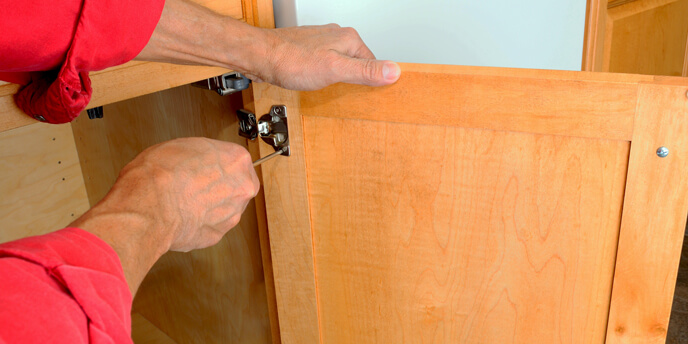 Removing kitchen cabinets from the wall also presents an opportunity for a complete kitchen layout and design change. By getting rid of old cabinets, you can rethink the entire layout of your kitchen and create a more functional and visually appealing space. This could mean adding an island, rearranging the placement of appliances, or incorporating new design elements such as open shelving or a breakfast bar. With a new layout, you can customize your kitchen to fit your specific needs and style, giving your house a unique and personalized touch.
Removing kitchen cabinets from the wall also presents an opportunity for a complete kitchen layout and design change. By getting rid of old cabinets, you can rethink the entire layout of your kitchen and create a more functional and visually appealing space. This could mean adding an island, rearranging the placement of appliances, or incorporating new design elements such as open shelving or a breakfast bar. With a new layout, you can customize your kitchen to fit your specific needs and style, giving your house a unique and personalized touch.
Cost-Effective Solution for Updating Your House Design
 Redesigning a kitchen can be a costly project, but removing kitchen cabinets from the wall is a budget-friendly alternative. Instead of completely replacing your cabinets, which can be expensive, simply removing them from the wall can give your kitchen a whole new look. You can also repurpose the old cabinets in other areas of your house, such as the garage or laundry room, saving even more money. In addition, removing cabinets is a relatively easy and quick process, requiring minimal tools and skills, making it a cost-effective solution for updating your house design.
Redesigning a kitchen can be a costly project, but removing kitchen cabinets from the wall is a budget-friendly alternative. Instead of completely replacing your cabinets, which can be expensive, simply removing them from the wall can give your kitchen a whole new look. You can also repurpose the old cabinets in other areas of your house, such as the garage or laundry room, saving even more money. In addition, removing cabinets is a relatively easy and quick process, requiring minimal tools and skills, making it a cost-effective solution for updating your house design.
Conclusion
 In conclusion, removing kitchen cabinets from the wall can have a significant impact on the design of your house. It creates more open space, increases natural light, allows for a new layout and design, and is a cost-effective solution for updating your kitchen. So, if you're looking to give your house a fresh new look, consider removing your kitchen cabinets from the wall and see the transformation for yourself.
In conclusion, removing kitchen cabinets from the wall can have a significant impact on the design of your house. It creates more open space, increases natural light, allows for a new layout and design, and is a cost-effective solution for updating your kitchen. So, if you're looking to give your house a fresh new look, consider removing your kitchen cabinets from the wall and see the transformation for yourself.







